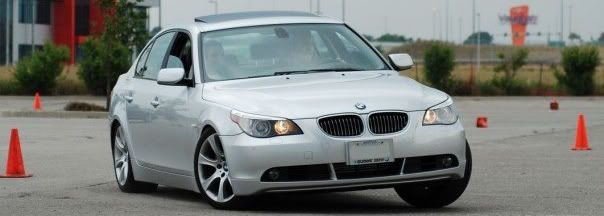I'll be installing my new 'b25 soon, and was wondering what the correct break-in procedure is. It's a complete rebuild with new pistons, rings, bearings, clutch, etc...
Regular or synthetic oil?
Stay under what rpm for how long?
Any other important stuff to keep in mind?
Thanks.
Regular or synthetic oil?
Stay under what rpm for how long?
Any other important stuff to keep in mind?
Thanks.






Comment